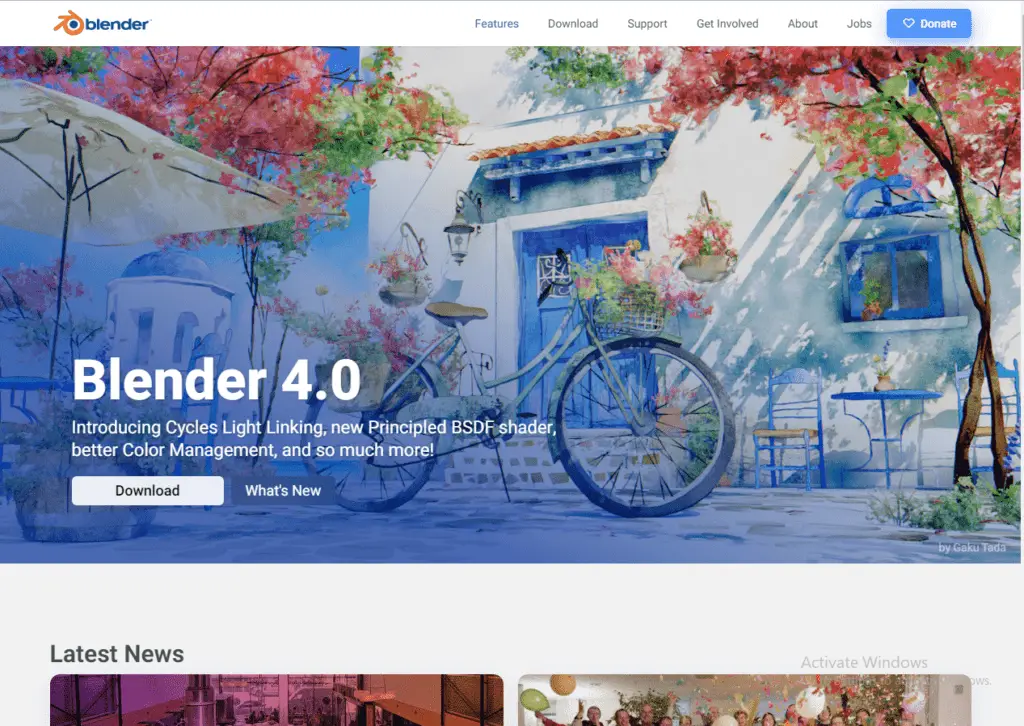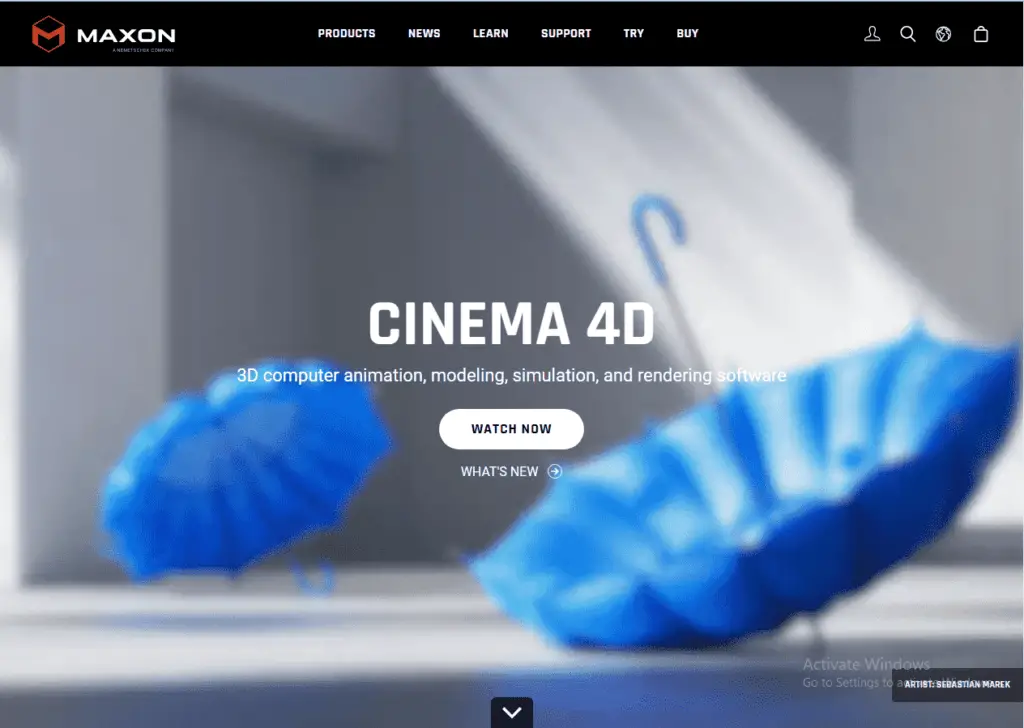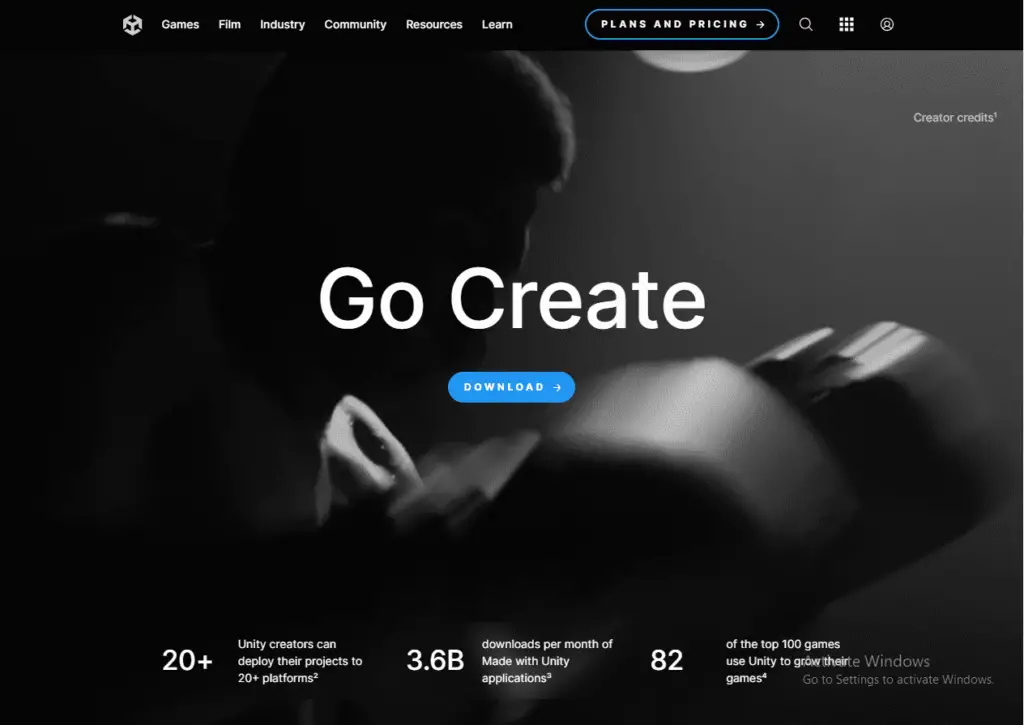AI is going to change every day and the best AI tools for 3D Animation may be difficult to choose. Moreover, 3D animation with AI creativity meets technology to bring imagination to life.
Also by using these latest AI tools, animators now have access to powerful tools that streamline workflows, enhance productivity, and unlock new creative animations. In this context, we are going to explore the best AI tools for 3D animation in 2024, both free and paid, along with their features, pricing, pros, and cons.
Beginners in 3D animation
Several AI tools cater to beginners in 3D animation, offering user-friendly interfaces, tutorials, and simplified workflows. These tools often provide basic features for modeling, animation, and rendering, making them ideal for those new to the field who want to learn and experiment with animation techniques.
Advantages of using AI in 3D animation production
The main advantages of using AI in 3D animation production include streamlining workflows, enhancing productivity, and improving the quality of animations. AI-powered tools can automate repetitive tasks, generate realistic simulations, and provide intelligent insights, allowing animators to focus on creative aspects and achieve higher-quality results in less time.
Blender

Blender is a versatile open-source 3D animation software trusted by professionals and hobbyists alike. With its AI-powered features, Blender offers a comprehensive suite of tools for modeling, animation, rendering, and more, all supported by a vibrant community of users and developers.
Features
- AI-powered character rigging and animation.
- Real-time rendering with AI denoising.
- Automated keyframe interpolation.
- Smart UV unwrapping for textures.
- Integration with AI-driven plugins for advanced effects.
- Open-source community for collaboration and support.
Pricing
Free and open-source.
Pros
- Powerful features at no cost.
- Extensive community and resources.
- Continuously updated with new features.
Cons
- Steeper learning curve for beginners.
- Limited customer support compared to paid software.
System Requirements
Blender runs on Windows, macOS, and Linux operating systems and requires a minimum of 8GB RAM and a modern graphics card for optimal performance.
Autodesk Maya

Autodesk Maya stands as the industry-standard 3D animation software, renowned for its robust features and flexibility. With AI-driven tools for animation, rigging, and rendering, Maya empowers artists to bring their creative visions to life with precision and efficiency.
Features
- AI-driven animation tools for natural motion.
- Intelligent character rigging and deformation.
- Advanced simulation and dynamics with AI optimization.
- Machine learning-based rendering with Arnold.
- Integration with Autodesk’s suite of 3D tools.
- Extensive library of plugins and scripts.
Pricing
It offers many plans but for one user plan, it starts at $1,875/year.
Pros
- Industry-standard software for professionals.
- Robust features for complex animations.
- Seamless integration with other Autodesk products.
Cons
- High cost for individual users.
- Requires powerful hardware for optimal performance.
System Requirements
Maya requires a compatible 64-bit operating system (Windows 10, macOS 10.14 or higher, or Linux), at least 8GB RAM (16GB recommended), and a dedicated graphics card with OpenGL 4.5 support.
Cinema 4D

Cinema 4D is a user-friendly 3D animation software popular among motion graphics artists and designers. With its AI-powered tools for modeling, animation, and rendering, Cinema 4D offers a seamless workflow and stunning visual effects for a wide range of creative projects.
Features
- AI-driven motion tracking and object recognition.
- Advanced character animation with character tools.
- AI-powered rendering with Redshift integration.
- Seamless integration with Adobe After Effects.
- Python scripting for customization.
- Plugin ecosystem for additional features.
Pricing
Its monthly plan starts at $59.91 and the yearly plan will be $719.
Pros
- User-friendly interface for beginners.
- Powerful features for motion graphics.
- Redshift integration for fast and high-quality rendering.
Cons
- Limited built-in character animation tools.
- Higher pricing tiers for advanced features.
System Requirements
Cinema 4D runs on Windows 10, macOS 10.13.6 or higher, and requires at least 4GB RAM (8GB recommended) and a modern OpenGL-compatible graphics card. But for in-depth information about different systems you can visit their official system requirements.
Houdini

Houdini is a powerful node-based 3D animation software favored by VFX artists and studios for its procedural workflow and dynamic simulation capabilities. With AI-driven tools for modeling, animation, and rendering, Houdini empowers artists to create complex visual effects with ease.
Features
- AI-driven procedural modeling and animation.
- Dynamic simulation and particle effects.
- Deep learning-based character animation.
- Unified simulation and rendering environment.
- Python and VEX scripting for customization.
- Integration with third-party renderers like Arnold and V-Ray.
Pricing
There are different factors that we consider on pricing and the detailed pricing information, you have to visit their official pricing page.
Pros
- Powerful procedural workflows.
- Cutting-edge simulation capabilities.
- Extensive community and learning resources.
Cons
- Harder learning curve for beginners.
- Requires additional plugins for certain features.
System Requirements
Houdini supports Windows 8.1 or higher, macOS 10.13 or higher, and Linux distributions, with a minimum of 4GB RAM (8GB or more recommended) and a modern OpenGL-compatible graphics card.
Unity

Unity is a real-time 3D development platform used by game developers, filmmakers, and animators to create immersive experiences. With AI-powered animation tools, real-time rendering, and machine learning capabilities, Unity offers unparalleled flexibility and scalability for projects of any scale.
Features
- AI-driven animation and character control.
- Real-time rendering with HDRP and AI denoising.
- Advanced physics and particle systems.
- Timeline and Cinemachine for animation sequencing.
- Machine learning tools for AI-driven behaviors.
- Asset store for plugins and assets.
Pricing
It offers different plans such as Free for personal use or students but paid plans start at $185/month/seat with almost all features.
Pros
- Real-time rendering and animation.
- Cross-platform development for games and films.
- Extensive community and asset store.
Cons
- Limited features in free version.
- Higher pricing for advanced features and services.
System Requirements
Unity supports Windows 7 or higher (64-bit), macOS 10.12 or higher, and requires at least 8GB RAM and a DirectX 11-compatible graphics card for optimal performance.
Conclusion
In 2024, AI-powered tools continue to redefine the landscape of 3D animation, offering animators unprecedented control, efficiency, and creative freedom.
By incorporating these top AI tools into their workflows, animators can push the boundaries of their imagination and bring their visions to life with stunning visuals and immersive storytelling.
Whether you’re a seasoned professional or an aspiring animator, these AI tools are essential companions on the journey to mastering the art of 3D animation.
Frequently Asked Questions
What are AI tools for 3D animation?
AI tools for 3D animation are software applications that leverage artificial intelligence algorithms to streamline animation workflows, enhance productivity, and unlock new creative possibilities. These tools use AI for tasks such as character rigging, motion tracking, rendering, and simulation, empowering animators to achieve stunning visual effects and lifelike animations more efficiently.
How do AI tools improve the 3D animation process?
AI tools improve the 3D animation process by automating repetitive tasks, optimizing rendering and simulation processes, enhancing character animation with natural motion, and providing intelligent suggestions and optimizations. By leveraging AI technology, animators can streamline workflows, reduce production time, and achieve higher-quality results with less manual effort.
Are AI tools suitable for all levels of animators?
Yes, AI tools for 3D animation cater to animators of all levels, from beginners to seasoned professionals. While some tools offer user-friendly interfaces and intuitive features suitable for beginners, others provide advanced capabilities and customization options for professionals. Whether you’re just starting out or looking to level up your skills, there are AI tools available to meet your needs and preferences.
What are the benefits of using AI in 3D animation?
The benefits of using AI in 3D animation include improved efficiency and productivity, enhanced creativity and artistic expression, access to advanced rendering and simulation techniques, and the ability to achieve lifelike animations and visual effects. AI tools also offer automation of repetitive tasks, optimization of workflows, and intelligent suggestions for improving animation quality.
How can animators ensure the ethical use of AI in 3D animation?
Animators can ensure the ethical use of AI in 3D animation by adhering to principles of fairness, transparency, and accountability. This includes avoiding biased or discriminatory practices in AI algorithms, providing clear explanations of how AI tools are used in the animation process, and regularly auditing and monitoring AI systems for ethical compliance. Additionally, animators should prioritize data privacy and security to protect sensitive information.

Hi, We are a professional team about exploring the latest AI apps and tools. With a keen eye for innovation, we meticulously analyze AI tools to provide our readers with top-notch guides. Stay informed with our expert insights as we navigate the ever-evolving landscape of artificial intelligence applications.





